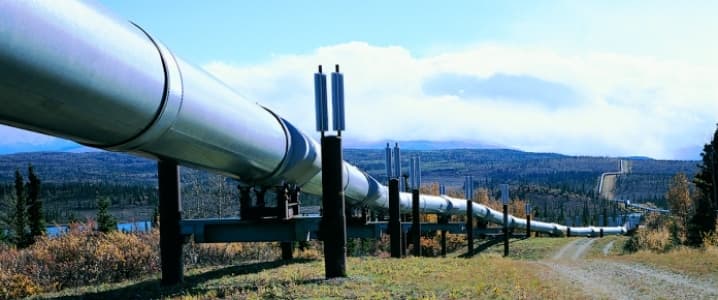Nearly a decade has passed since TransCanada first proposed in 2008 to build the Keystone XL pipeline that would run from Alberta in Canada to Nebraska and the U.S. Gulf Coast.
After being dumped by the previous U.S. Administration and revived earlier this year by President Donald Trump, Keystone XL cleared a major regulatory hurdle last month: the Nebraska Public Service Commission (PSC) gave the go-ahead to the project.
Nebraska’s regulators, however, approved an order for the Mainline Alternative Route for the pipeline out of the three TransCanada had proposed—the other two being the company’s Preferred Route and the Sandhills Alternative Route.
The alternative route is longer than TransCanada’s preferred route, and the company is still reviewing Nebraska’s decision, and has yet to make a final investment decision on the project.
“As a result of today’s decision, we will conduct a careful review of the Public Service Commission’s ruling while assessing how the decision would impact the cost and schedule of the project,” TransCanada president and CEO Russ Girling said after Nebraska approved the alternative route.
So much time has passed since Keystone XL was first proposed that arguments have been raised as to whether the pipeline is still necessary. Environmental opposition has also been strong, and environmentalists continue to strongly oppose the project. Related: Saudi Arabia’s Big Oil Gamble
On the other hand, oil supply in Canada is increasing, due to project start-ups approved before the oil price crash. Currently, Canada’s oil is selling at a $27-per-barrel discount relative to WTI, the sharpest difference in more than four years, as supply in Canada is exceeding takeaway capacity.
Keystone XL is one of three major pipeline proposals to take more oil out of landlocked Alberta either to the U.S. or to the Canadian Pacific coast, together with the Enbridge’s Line 3 Replacement Program, and Kinder Morgan’s Trans Mountain expansion project.
In October, TransCanada scrapped a pipeline project to ship oil to the Canadian East Coast.
In the best-case scenario for Canada’s pipeline capacity—that is, if all three remaining pipelines clear all regulatory hurdles—total capacity will be in excess of 52,100 bpd in 2020, and more than 656,100 bpd in 2022. However, if only Line 3 is approved and built (the pipeline that, for now, stands the best chance of entering into service), Canada will still be 552,000 bpd short of pipeline takeaway capacity in 2022. If Keystone XL doesn’t go ahead and Line 3 and Trans Mountain proceed, the excess pipeline capacity in 2022 will be just 50,000 bpd.
But before 2020, Canada’s oil production is expected to continue to increase, and pipeline constraints will become bigger, before any of the proposed pipelines—or one, or all—comes online and eases some of the takeaway constraints.
At its investor day on November 28, TransCanada said that it was still reviewing Nebraska’s approval. Subject to a final investment decision, the company expects to begin Keystone XL construction in 2018, and it expects the construction will take approximately two years.
Meanwhile, some of TransCanada’s shareholders are pushing for the company to proceed with the project, despite the alternative route that is five miles 8 longer than the preferred route, saying that the longer distance should be manageable for TransCanada even if the firm needs to raise funds with a share issue.
Related: Houthi Missile Targeting Riyadh Palace Intercepted
Still, the alternative route means that the company has to engage and talk to new landowners in Nebraska—another potential new hurdle to its project.
“The alternate route would involve a number of new landowners for us, and as always, we’re striving to understand their perspectives on the project, and we will continue to strive to reach agreement with them on mutually beneficial terms,” Dean Patry, TransCanada’s Senior Vice-President, Liquids Pipelines, said at the investor day at the end of November.
Even if there still may be rationale to build the Keystone XL, especially for Alberta oil producers, passing the Nebraska hurdle may have created more hurdles for TransCanada’s almost decade-old plan.
By Tsvetana Paraskova for Oilprice.com
More Top Reads From Oilprice.com:
- Oil Market On Edge Following Outages
- Hedge Funds Bullish On Oil For 2018
- Is Premium Gasoline A Waste Of Money?


















